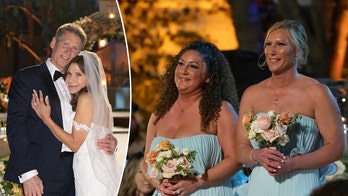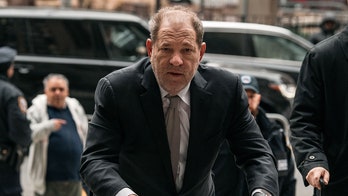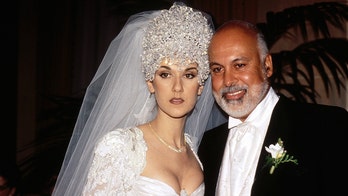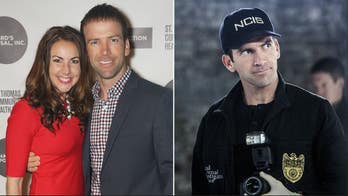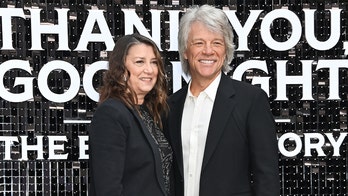
LOS ANGELES – Earlier this year a model made her way down a runway for a fashion show in Mexico City showing off a sleek leather jacket with half-an-inch of armored plating sewn inside, designed to stop a 9mm caliber bullet.
That’s just one of Colombia-based Miguel Caballero's designs that's being sold not just in Mexico, but in the United States as well. Distributed by Elite Sterling Security, Caballero’s exclusive line of personal protection apparel uses the latest ballistic-resistant materials and technology, along with fine leather and 100 percent cotton fabric.
But it doesn’t come cheap. Caballero charges over $3,000 for a basic sleeveless shirt, almost $4,000 for a Baobabs vest and over $6,000 for a Rapa jacket. And while Caballero has dominated the market for years, experts say several other companies are now cropping up as the market expands.
“Throughout the decade, there has been a global exponential increase in civilian awareness regarding terrorism or ‘of the sort’ violence. From the recent shootings at the Las Vegas Mall, to the Sandy Hook tragedy, violence has prompted a demand in basic body armor,” César René Pabon Bernál, President of New York-based body armor wear company Doo Aquino LLC told FOX411. “We have developed a patented, high-end body armor garment design tailored exclusively to deliver unique protection. Wearing stylish body armor has caught on not only in the U.S., but around the world.”
According to a Strategic Defense Intelligence Report, “The Global Body Armor and Personal Protection Market 2013,” the specialized industry is expected to increase at a compound annual growth rate of 4.58 percent over the next decade, topping off at $3.7 billion.
Dallas-based Brian Hoffner, founder of American Tactical Apparel, said he's developing his own collection of fashionable armor wear to meet the new demand.
But others aren’t so convinced that bulletproof clothing will ever be a mainstream civilian trend within our borders.
“I don’t think the U.S. is dangerous enough for most people to see any meaningful sales besides political leaders or celebrities,” Nick Lynch of popular firearms news site WeLikeShooting.com observed. “My thought is that it’s cost. If you live in a very depressed/high crime area, chances are you can’t afford several hundred to several thousand dollars for concealable body armor.”
Concealed carry clothing -- clothes designed to carry a concealed weapon -- is also becoming more popular.
“The need for ‘hidden’ protection without changing ones clothing style and habits, as well as an increased state of ‘preparedness’ of individuals is evident,” Jan-Willem Driessen, Marketing Director for industry leader 5.11 Tactical, which seeks to build functionally innovative gear said. “The mindset of being ready for this type of situation is now not only present with our first responders.”
With an estimated 8 million Americans now concealed handgun permit holders, there are dozens of companies competing in what was once a very niche market. And whenever the issue of gun control gains traction among politicians or the press, sales spike.
“People buy more guns and the direct result is more need for range ready apparel and gear hat is versatile and comfortable,” Driessen said.
Follow @holliesmckay on Twitter.
